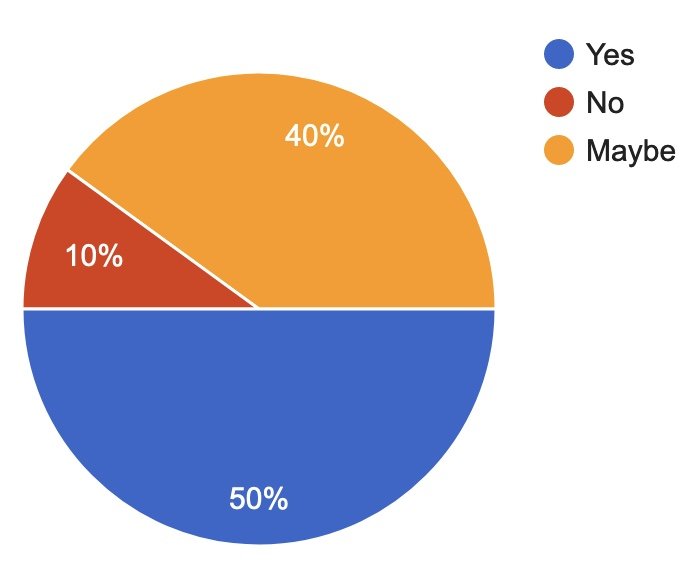Survey Results: Non-Traditional Styles & Rhythms
Topic: Participants were asked to rank the importance of teaching non-traditional styles & rhythms, such as:
Including music by underrepresented communities
Introducing rhythms found in various non-Western forms such as rumba, huapango, and tango
Exposing students to styles not found in popularly used anthologies
Availability of these materials for late beginning and intermediate students
Results:
95% of responses place importance on student exposure to non-traditional styles.
85% of respondents value student exposure to music from underrepresented communities.
90% of teachers would utilize repertoire anthologies featuring works by underrepresented communities and non-traditional styles if they were to be made available.
Analysis:
It is critically important that students are taught non-traditional styles and rhythms. 90% of respondents would like to use supplementary materials that teach these skills. The work of Barbara Arens and Wendy Velasco in A Musical Odyssey is essential to current string pedagogy.
Let Core Music Theory help you develop a strong sense of rhythm!
Respondents were asked if they would utilize supplementary repertoire anthologies featuring underrepresented composers, styles, and rhythms if they were made available.
String teachers had some fantastic feedback!
"Learning different styles of music, especially rhythms, is like being able to speak more than one language- it helps students see (or hear!) the world from various perspectives. This leads to greater respect and empathy for those from different backgrounds than their own.”
Bekka Wood,
Classroom string teacher
"I often seek out music to match the ethnicity of a student. I also enjoy finding and emphasizing the music of female and African American composers, both in teaching and in my personal performances.”
Susan Mercy, Midland, MI
Freelance violinist and teacher

